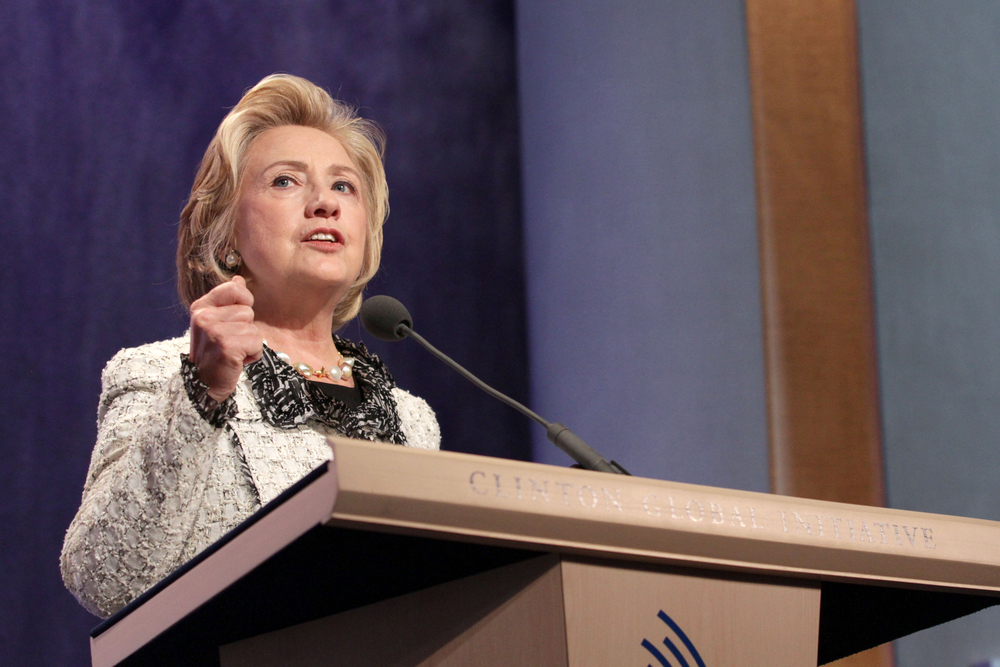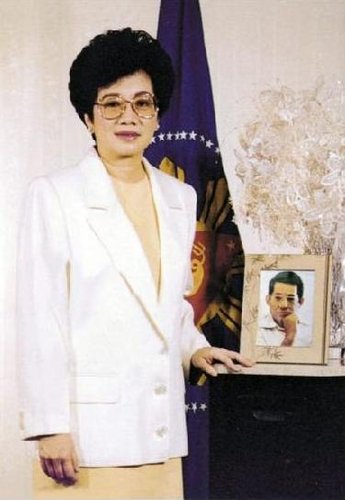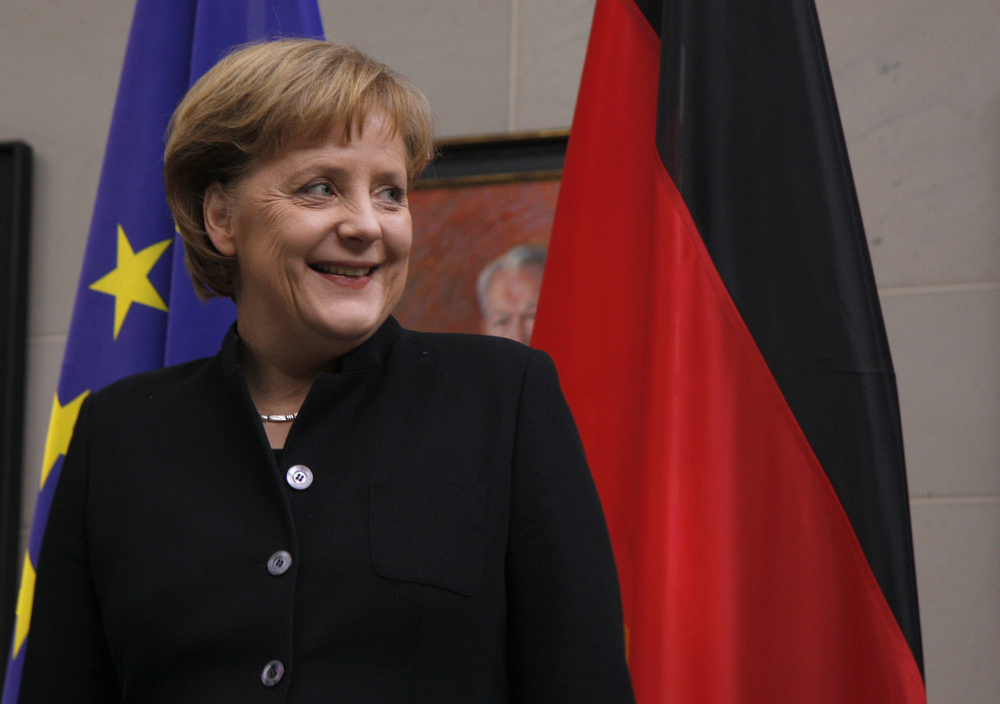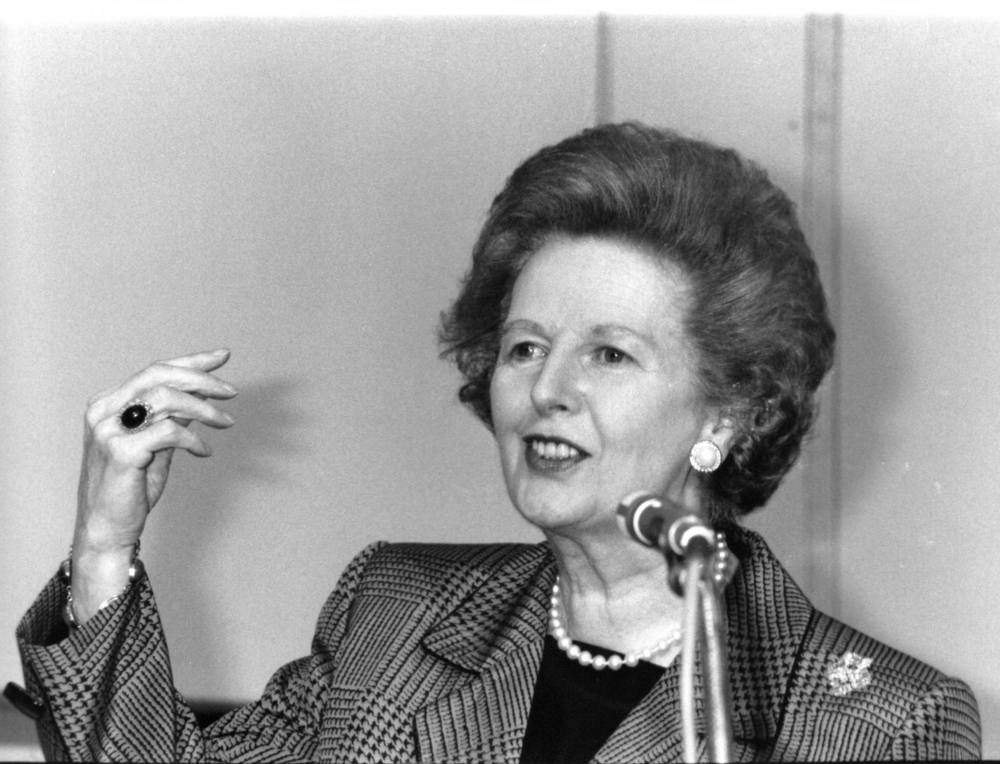An awkward milestone in the fight for equality

Perhaps the most famous phrase from the U.S. Declaration of Independence is one that begins, “We hold these truths to be self-evident, that all men are created equal…” As editor Chad Merchant has come to realise, however, when the authors said men, they literally meant men. Women… not so much.
Given the enormous influence the United States exerts on the world, I suppose it’s only natural that so many people outside of the country follow its presidential elections. As you might have noticed, there’s one this year.

In early June, the United States notched a rather historic milestone. For the first time in its 240-year history, a woman clinched a major party nomination for the U.S. presidency. Given the alternative, much of the world seems to hope that will go one step further in November, with Americans electing their first woman president.
But this is not a political column, strictly speaking. Though it’s certainly right to acknowledge such a milestone in the long history of such a prominent nation, it’s awkward and frankly an embarrassment that it’s taken so many decades to even be on the cusp of doing what scores of other countries have already done – elect or appoint a female head of state.

I was curious how many other countries had already had a female president or prime minister, so I checked, and was quite surprised at the length of the list, and frankly astounded at some of the countries on it. Are you ready?
Sri Lanka, India, Israel, Argentina, Central African Republic, the United Kingdom, Portugal, Bolivia, Dominica, Iceland, Norway, Malta, the Philippines, Pakistan, Haiti, Lithuania, Nicaragua, Ireland, Bangladesh, France, Poland, Turkey, Canada, Burundi, Rwanda, Bulgaria, New Zealand, Guyana, Switzerland, Panama, Latvia, Finland, Senegal, Indonesia, Sao Tome, Serbia, Peru, Macedonia, Ukraine, Germany, Liberia, Jamaica, Chile, South Korea, Moldova, Croatia, Madagascar, Costa Rica, Trinidad and Tobago, Australia, Kyrgyzstan, Slovakia, Brazil, Kosovo, Thailand, Denmark, Malawi, Slovenia, and Namibia.
So in looking at this laundry list, I note that countries on every inhabited continent have reached this milestone, as have most of its cultural regions – Scandinavia, Western Europe, Eastern Europe, East Asia, South Asia, Southeast Asia, Australasia, Latin America, Central America, the Caribbean, even the Middle East.
Almost a dozen of these countries have had more than one female head of state. All of these countries did it – and did it before the United States. Either by appointment or by election, they all had a woman running the show.
And these are not simply ceremonial leaders, nor are they mere wallflowers. The Philippines’ Corazon Aquino ended years of authoritarian rule in that country. Angela Merkel, who has been Chancellor of Germany since 2005, is considered the de facto leader of the European Union and has twice been named by Forbes as the second-most powerful person in the world.
The UK’s Margaret Thatcher, of course, was one of the most iconic politicians of the last century, though certainly not without her share of controversy and criticism in the country she led.

Back in America, the Oval Office isn’t the only place where a gender gap exists. In the military, in the judiciary, in the intelligence sector, in federal law enforcement, and in the overwhelming majority of corporate boardrooms, women simply do not figure into the equation when it comes to the top spots.
There has never been a female Chief Supreme Court Justice, and only four women have ever served on the U.S. Supreme Court at all. Out of 112 total justices in its history, a staggering 96.4% have been male. For women, these are not encouraging odds.
Will a Hillary Clinton presidency change all that? Probably not, at least not in the short term. Inertia is a powerful force, and social change never comes quickly – in any case, in any country. After all, it’s not as though Megawati Sukarnoputri’s presidency suddenly transformed Indonesia into a paragon of equality and women’s rights, and it’s not like any other female has held the top spot in the UK since Thatcher stepped down over 25 years ago.

And the inevitable push back to social change wields a force all its own, too, something Americans have seen in the aftermath of both the election of the country’s first African-American president and last year’s legalisation of same-sex marriage – both challenges to the social status quo that have prompted waves of assent, but also plentiful pockets of backlash.
But maybe it will move the needle. Maybe there will be a day when the United States fully lives up to its laudable ideals and truly becomes a land of liberty and opportunity for all.
A country where everyone is on equal standing, where anyone – regardless of race, gender, sexual orientation, religious beliefs, or socioeconomic standing – has the chance to one day be president. And then perhaps the milestones won’t be quite so awkward. It’s a long shot, yes, but it’s one very much worth striving for.
This article was originally published in The Expat magazine (July 2016) which is available online or in print via a free subscription.
"ExpatGo welcomes and encourages comments, input, and divergent opinions. However, we kindly request that you use suitable language in your comments, and refrain from any sort of personal attack, hate speech, or disparaging rhetoric. Comments not in line with this are subject to removal from the site. "

















